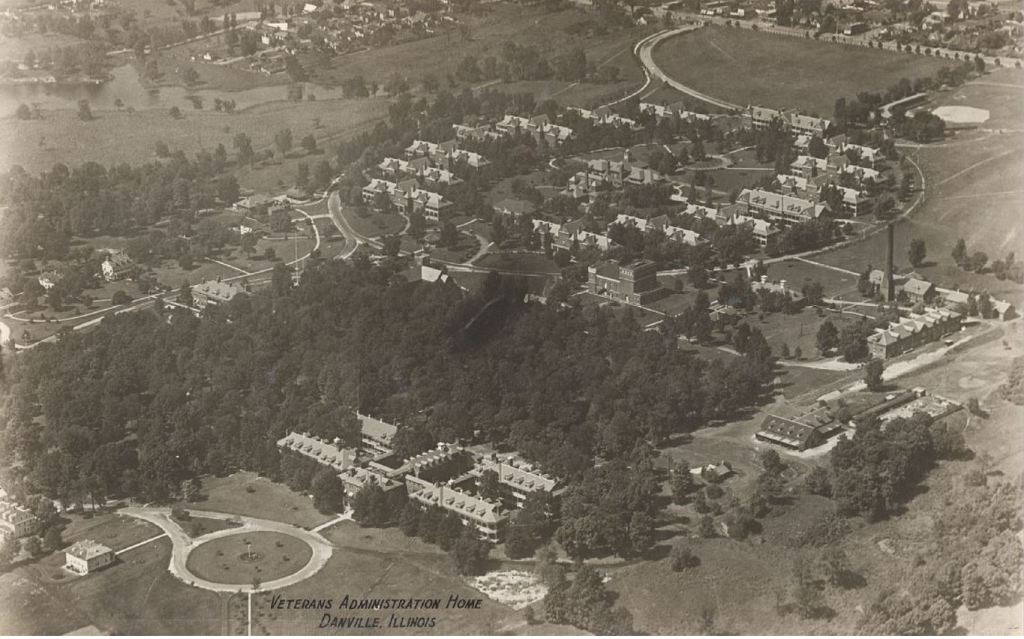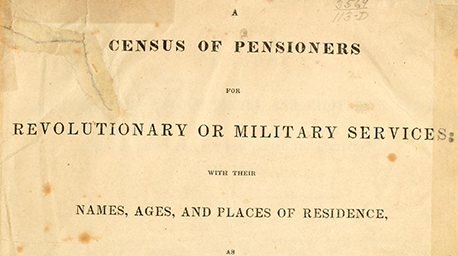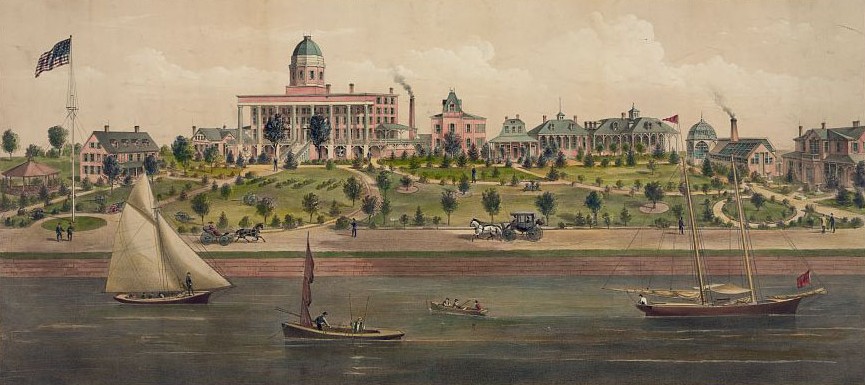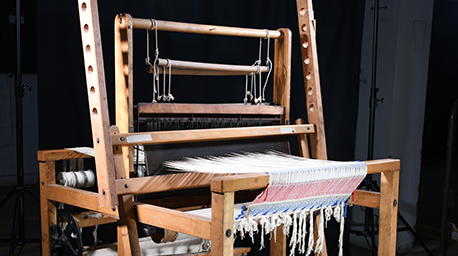
While women have served in nearly all of America’s wars, it wasn’t until after World War I that female Veterans achieved access to government health care. The admission record of the first women admitted to one of the branches of the National Home for Disabled Volunteer Soldiers (NHDVS) invites a deeper look into how women secured this right.
In 1892, women who served as nurses in the Union Army during the Civil War at last obtained recognition for their service when Congress made them eligible to receive military pensions. Five years later, Congress granted honorably discharged Army nurses the right to burial in national cemeteries. However, women were stymied when it came to obtaining the same medical benefits as men. The network of convalescent homes established after the Civil War under the name the National Home for Disabled Volunteer Soldiers remained the exclusive preserve of male Veterans.
The status of women within the military and in society at large improved significantly in the early 1900s. Beginning in 1901, women formally became part of the nation’s Armed Forces with the creation of the Army Nurse Corps. More than 35,000 women served in World War I as Army or Navy nurses or in various non-combat roles.
After the war, buoyed by the passage of the Nineteenth Amendment in 1919 giving women the right to vote, female Veterans became more outspoken in their demands for better benefits. The Women’s Overseas Service League, formed in May of 1921 to maintain a social network and assist returning women Veterans, championed their cause. One of league’s major goals was to help ex-servicewomen gain admission to the National Home.
The league’s lobbying efforts led to the landmark decision by the NHDVS Board of Managers in 1923 to admit women to their campuses. The board announced the new policy in a letter to the organization’s district managers: “While fully appreciating the fact that the present facilities of the Home had not been designed nor intended for the care and treatment of women . . . every effort must be made to meet this new demand.”

The first woman to enter a National Home was 59-year-old Gertrude L. Butts of Denver, Colorado. During the war, she and approximately 11,000 other women served in the U.S. Navy as Yeomen (F) or “Yeomenettes” in popular parlance. General George H. Wood, the board’s president, personally approved her application in July 1923.
She arrived at the Western Branch of the National Home in Leavenworth, Kansas, to considerable fanfare. A short report that was published in numerous newspapers heralded the event and predicted that it would set a precedent leading to the admission of hundreds more ex-service women. She ended up staying at Leavenworth for just a few months and then was discharged, only to be admitted to the branch in Danville, Illinois, the following year.
After announcing the new policy, the board designated Danville, which a February 1924 article in the New York Times described as “one of the finest [homes] of its kind in the country,” as the campus best suited to accommodate women who needed general medical care. Two brick barracks with room enough for two hundred occupants were reserved for their use.
The Danville home also established a separate dining hall, kitchen, bath house, and laundry. Not all parts of the campus were segregated, however. The library, theater, chapel, and recreational facilities were open to Veterans of either sex. Women with tuberculosis were directed to the Northwestern Branch in Milwaukee, Wisconsin. The new tuberculosis hospital completed in early 1924 set aside a floor in one of its wings for the treatment of female patients.
More women followed in Gertrude Butts’ footsteps, although not in the number forecast. By mid-1924, fewer than twenty had been admitted to the two branches. In 1931, the Dayton National Home, with it’s Miller Cottage, was selected as the new site to house women Veterans. Nonetheless, even if their presence was small, the opening up of the National Home to women was still a historic occasion signifying that female Veterans had the same claim to government medical assistance as their male counterparts.

By Katie Rories
Historian, Veterans Health Administration
Share this story
Related Stories

History of VA in 100 Objects
Object 95: 1840 Census of Pensioners
In a first, the 1840 census collected data on Veterans and widows receiving a pension from the federal government. The government published its findings in a stand-alone volume titled “A Census of Pensioners for Revolutionary or Military Services.”

History of VA in 100 Objects
Object 94: Southern Branch of the National Home
The Southern Branch of the National Home for Disabled Volunteer Soldiers opened in Hampton, Virginia, in late 1870. The circumstances surrounding the purchase of the property, however, prompted an investigation into the first president of the National Home’s Board of Managers, Benjamin Butler.

History of VA in 100 Objects
Object 93: Occupational Therapy Floor Loom
During World War I and afterwards, the United States committed to rehabilitating sick and wounded soldiers so they could resume productive lives in the civilian workforce. The emerging field of occupational therapy played a crucial role in the rehabilitative process.


